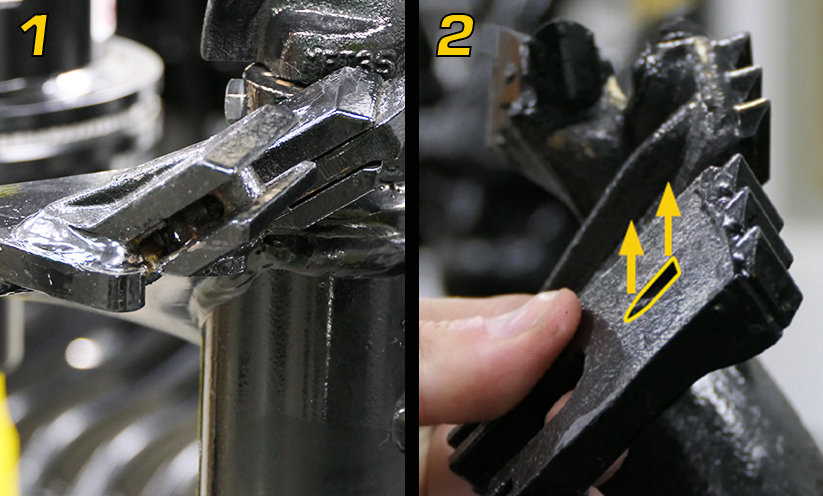Digga Australia: Final top 10 for the Next Level Awards Program.
CONEXPO-CON/AGG and the International Fluid Power Exposition
(IFPE) have selected Digga’s new HALO auger alignment system as one of the top
10 finalists for the Next
Level Awards Program.
In today's fast-paced world, it's essential to stay ahead of the curve when it comes to innovation and technology. At Digga Australia, we're doing just that by constantly improving and finding ways to innovate to ensure that our customers are receiving the most innovative, quality products that we have to offer.
The HALO Auger Alignment System is one of these products and is the biggest advancement in Auger technology in 20 years. Its benefits will set a new standard to be adopted across the drilling industry. This alignment system features LED lights built into the hood of an auger and is designed to improve efficiency while saving money and time.Its innovative design has also been engineered to be versatile and can be used in applications across varied situations such as drilling, screw anchoring, and shade structure foundations. HALO is available on auger drives from Mini Machines right up to 30T Excavators. This makes it an ideal solution for contractors who are looking for a versatile and reliable tool for their excavation projects.
Con Expo 2023 is always an exciting time for the construction industry, with companies from around the world showcasing their latest and greatest innovations. This year, Digga Australia has made a strong showing, with its Halo drive unit being selected as one of the top 10 finalists for the most innovative product award.
While the results of the award have yet to be announced, Digga Australia is already making waves with its innovative Halo drive unit. Its compact design, commitment to safety, and efficiency make it a top choice for contractors. Its recognition as a finalist at Con Expo 2023 is a testament to its potential as a leading product in the industry. The Halo drive unit is definitely sure to make a big impact in the excavation industry.
The finalists will be announced during the show on March 14-18th and voting will be on site.
Make sure to come on down and vote for us!
You can find us at stand W43367.





















































